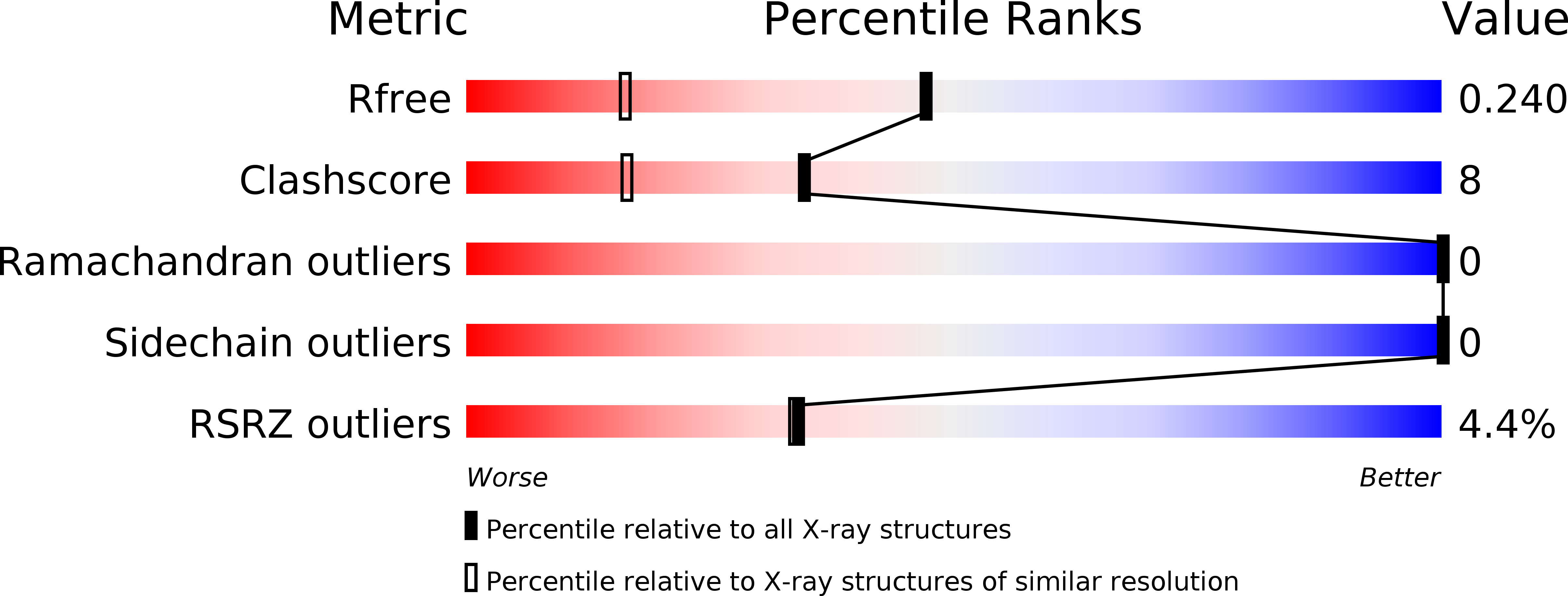
Deposition Date
2007-12-18
Release Date
2008-11-04
Last Version Date
2024-11-20
Method Details:
Experimental Method:
Resolution:
1.65 Å
R-Value Free:
0.24
R-Value Work:
0.21
R-Value Observed:
0.21
Space Group:
C 2 2 21


